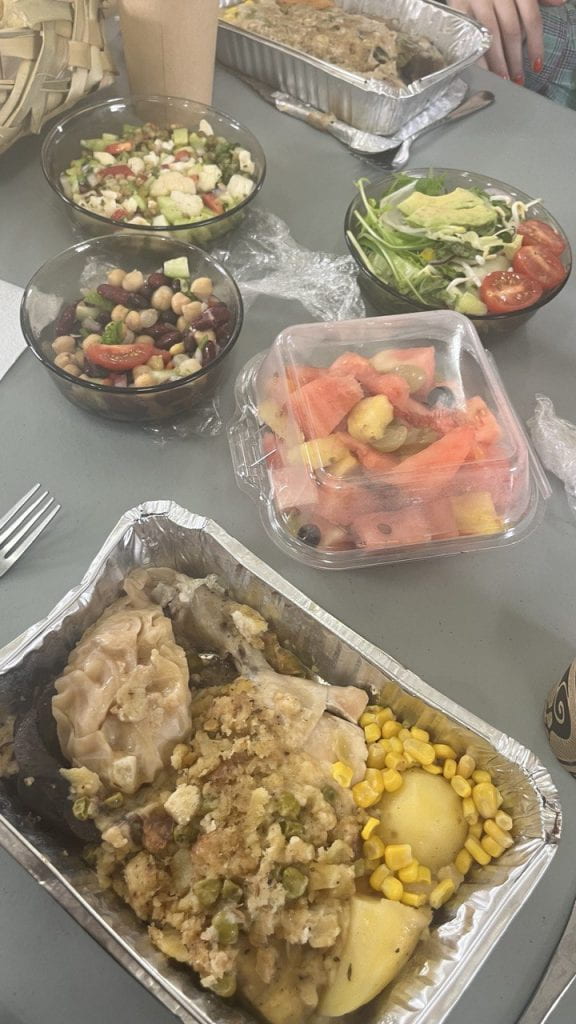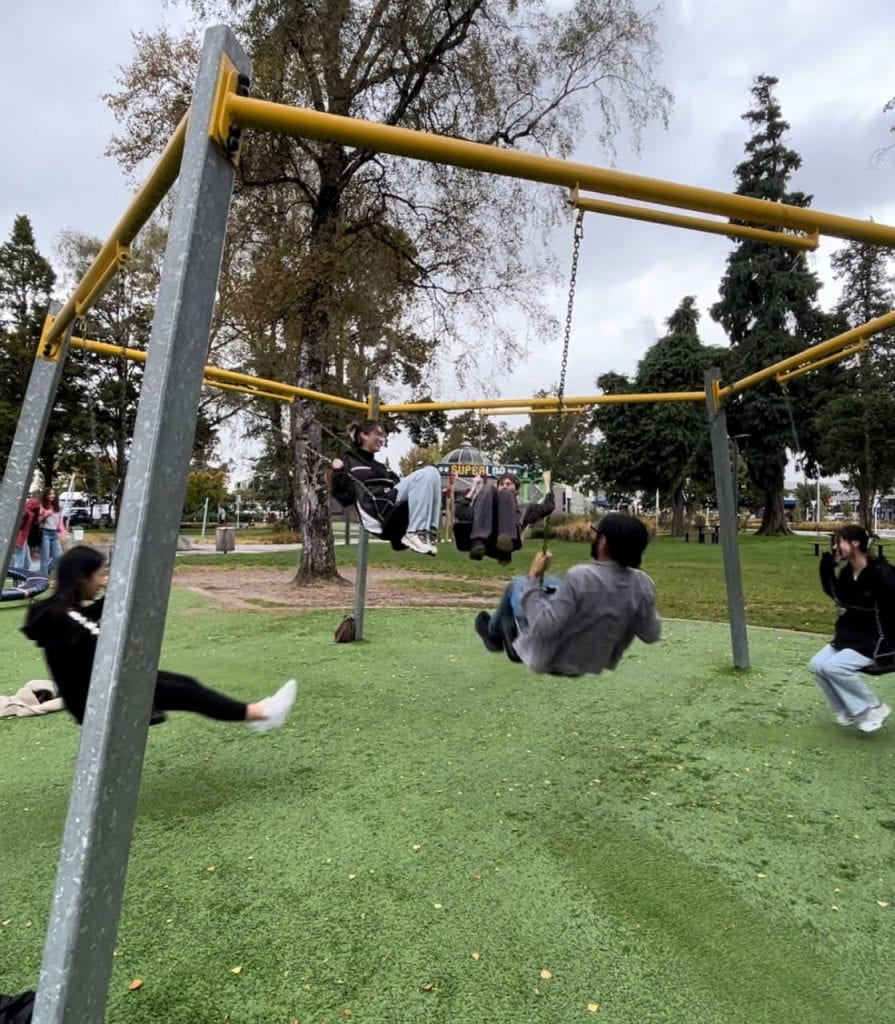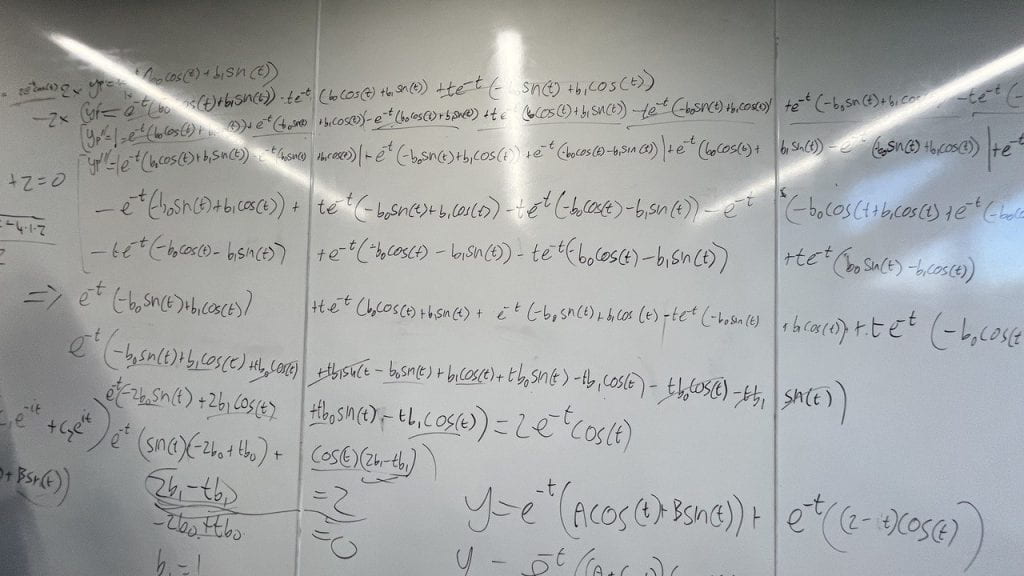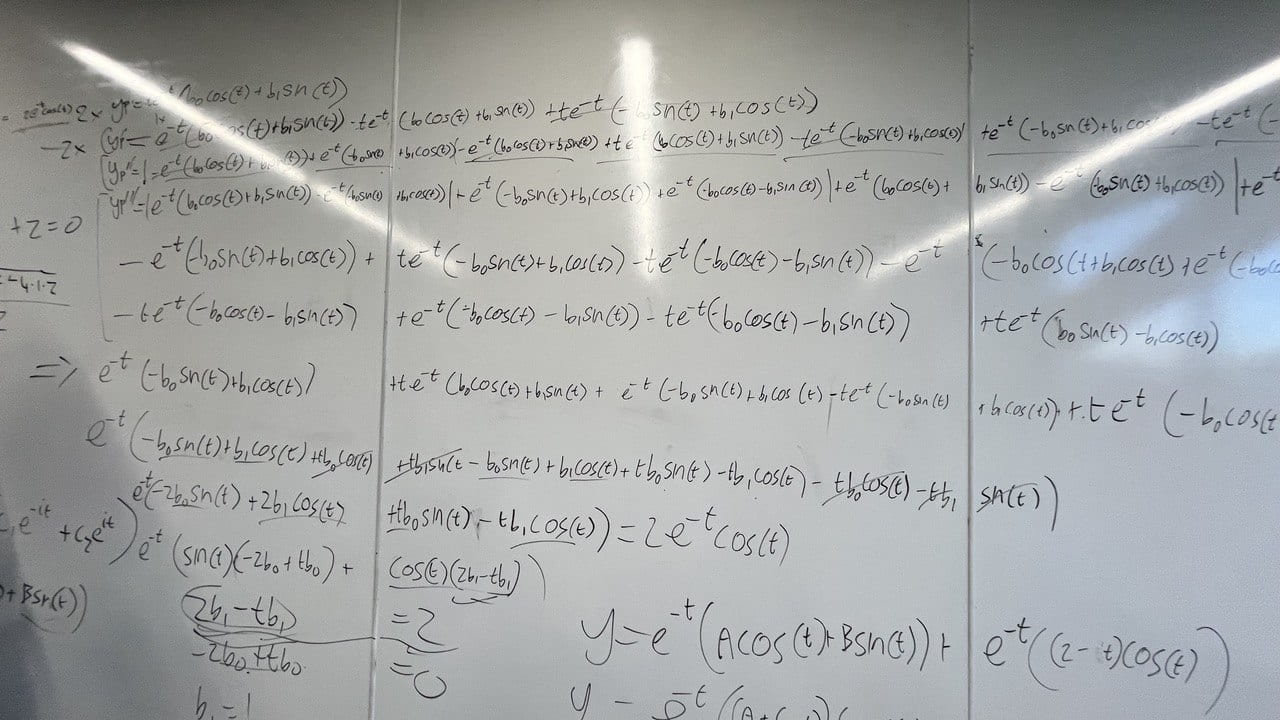Hi! Hi! Welcome! Back with a Sem One Extraordinaire! Well, how does this year’s post differ from the other years? Well, some of our courses did a bit of a shuffle – I’d say this post would be the best reference of what you could expect, as of 2023.
Want to skip ahead to a particular section?
Field Trip Highlights <3
Totally not my excuse to brag about getting the exclusive opportunity to go on a vacay with my cohort… but I’m bragging anyway!
BME Industry Taste Testers
We started off with a line-up of awesome talks from highly successful start-ups from the Auckland Bioengineering Institute. Then, our official roadie started – en route to East Tamaki to visit Fisher and Paykel Healthcare. We were toured around their facility, and even got some exclusive tips for applying to their highly competitive internship process!
Maori Cultural Experience

Yummy food and really fun, meaningful interactive experience. We got to practice songs with the poi, play ti rakau and spar with the mere. We were welcomed so wholesomely and fed reeeeaally well. The hangi was so good… I can’t even explain in words, one of the best culinary experiences of my life.
(Bing) Chilling

Well, the best takeaway from the trip was the sheer number of friends you’ll make from exploring random places together. My fondest memories were the random pockets of time where we just.. wandered. Kicking each other on swings, climbing up playgrounds, going to random thrift shops – I really cherished these memories as semester one hit HARD.
Definitely take this chance to get to know people, make friends because these people will carry you in labs – I mean, become a key part of your BME journey. As a wise scholar once said, the people who suffer together stay together – find your people before it (may) get too late!
SEM ONE
ENGSCI 211
111’s older, more experienced sibling. A lot of building upon 111, so definitely brush up on your matrices, integration and differentiation again before 211.
- More ODEs! Yay! and Laplace Transforms! Uhhhhh… sure!
- Multivariate Calculus, which I found enjoyable due to its visual aspect (graphs).
- Data Analysis & Machine Learning modules – an insight into a classic engineering skill, being concise and objective. Don’t take this section for granted just because you aren’t smashing your calculator for it. Take the time to understand the definitions and how they apply in context. Case studies will be your bestfriend for this section.
- More Matrices! Yay! Upgrading from LU factorisation to PLU factorisation! Yipee!
I found this course… interesting, but (because I was grinding ENGSCI 233) it was also hard. I’m sure if you put in the work by practising questions (and not looking at past answers too early), you’ll do well!

BIOMENG 221
There’s just some comedy in bonding with your Civil, Structural, Mechanical and Mechatronics friends over the ‘shear’ amount of ‘stress’- haha… Ahem, anyway, this paper teaches fundamental Mechanics of Engineering, with little Bioengineering spice. It is in 3 parts: Fluid Dynamics (think: blood flow in arteries), Solid Mechanics Fundamentals and its Applications (think: bones). Think.. a little ENGGEN140, ENGGEN121, and CHEMMAT121? But its not that bad guys!!!
Upsides:
- The concepts you learn from this paper are key to any engineering discipline (except computer ones), especially BME.
- The tests and exams are really similar between years, so a little practice goes a long way! The past questions will be your bestfriend, trust me.
- I loved the Bioengineering touch of the course – definitely our first point of contact with the BME world.
Downsides:
- 60% exam, man. A wee brutal, definitely try to do well in the coursework to get a decent grade.
- Not as much practical content. There is a lab where we measure data from a water jet, but that was it.
On The Sides:
- Similarly to ENGGEN121, its a lot of matching the right formula from your sheet to the question. Getting used to this flow of problem solving is essential for this course.
ENGSCI 233
Programmers Paradise – or at least until the 2nd module hits, and you suddenly are faced with RAM, CPUs, GPUs… Computer Architecture *shivers*. Welcome to the Python paper! Python is a mindblowing language, and till now, Pythonic loops still give a sense of unease to my Matlab and C origins.
The course can be generalised into 3 big parts:
- Python fundamentals and Data Structures (Classes, Object Oriented Programming, Github). The first lab was making a TicTacToe game on Python (that was cool). The second one was a GROUP coding project (yeah, I know) where we used GitHub.
- Computer Hardware and Communication. Two labs of coding onto a small computer with buttons were adorable, pretty fun, but also mind-melting. We coded Rock-Paper-Scissors onto the microbit that would engage in battle with someone else’s Microbit by sending radio signals.
- Numerical Methods and Algorithms: Actually really interesting, aside from the fact we had Peter Bier juggling EVERY single lecture, prepare to integrate again. Definitely more ENGSCI-esque skills, but who knew finding the shortest path could be fun?
Upsides:
- Course has been restructured from the insanity that was 2022. Now we have one lab per fortnight, a lot more manageable from one lab a week.
- Probably because I like coding anyway, but I found this really, really fun. Python is one of the most used languages in BME industry – the skills you learn here are sought after by companies.
- Unexpected friendships formed in labs. You literally have to battle rock-paper-scissors on a Micro-bit to ensure your code actually works. Power of people! Ask for help, don’t struggle in silence – the TAs are here to help, and talking your problem solving logic out helps a lot too.
- Peter Bier returns with juggling every single lecture. Our very last lecture was him juggling machetes on a unicycle. Enough said.

Downsides:
- Remember when I said friends who suffer together, stay together? Prepare to suffer. Even though the workload got cut down, I still spent long nights debugging and grinding it out.
- The computer architecture module felt really random? and I still don’t understand it fully.
On The Sides:
- Don’t leave labs to last minute. Sometimes, bad decisions are okay. This is not one of them.
- Every year tests and exams vary, and ours definitely did. Walked into the tests and exams thinking I was sorted and there was no actual coding to be done on paper… walked out with my head in hands. Thankfully, they’re not a huge percent of the course, so (try to) NAIL those labs for a good grade.
BIOSCI 107
Holy. This course changed me irreversibly. REALLY interesting for sure – assuming if you choose BME you’d like to learn biology, right? Prepare to learn a LOT of it. Fondly remembering the first lecture leaving me so stunned; going through every organ of the body and its systems was a rude awakening.
Upsides:
- Probably the most interesting course I’ve done up till sem 2. The body is a wonderful place, and finally being able to explore how the little things work
- Labs are a great way to contextualise lecture content. Might get a bit stressful in the moment (may have accidentally poked a thin, sharp tube full of cow blood into my thumb because I was rushing…) but I always find practical learning is the best learning.
- Forced me to engage 100% into every lecture. Spacing out stopped happening, because if it did, there goes key information being said audibly but sadly aren’t in the slides. (This is an upside because it helped condition me for other courses… totally not coping)
Downsides:
- The first few lectures are going to be the most content heavy lecture you will witness, and you may be scared and discouraged – but fret not! You get tips on how to best study for this course early on.
- Definitely a huge time sink over the week just to absorb all the lecture content. Actual assessed workload was average. Weekly quiz, Bi-weekly labs, Test, Exam.
- Falling behind will definitely grant you a mindmelting, caffeine fuelled night(s) to catch up. Don’t be like me… I implore you…
On the sides:
- Arial is a very readable font for small text, you are going to MAXIMISE your cheatsheet for this course.
- Use the first few weeks to experiment with learning and note-taking styles suit you! Anki is highly recommended, especially since the test and exams are all MCQ so anything to help you remember the minute details.
Whew, the length of this one was supreme. Next post I’ll talk about internship hunt and lil survival guide to University. Stay well in this cold, and I’m proud of you all for being your wonderful selves! Catch you guys in the next post!
